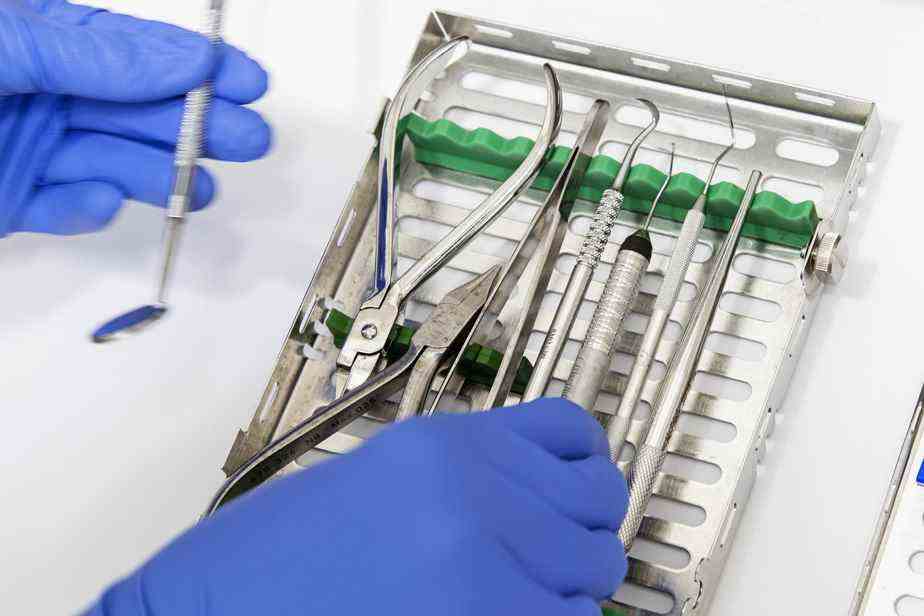(Ottawa) The new Canadian dental benefit is popular. Families of around 100,000 children have used it since it came into effect on 1er December, announced Health Minister Jean-Yves Duclos and National Revenue Minister Diane Lebouthillier on Friday. They estimate that it could help another 400,000 children.
“We are not surprised, reacted the NDP MP, Alexandre Boulerice, in an interview. We knew there was a real need. »
Families whose income is less than $90,000 per year and who do not have access to a private dental insurance plan are entitled to it for children under 12 years of age. Parents or guardians then receive a tax-free check for $260, $390 or $650, depending on net household income, to cover dental expenses between the 1er October 2022 and June 30, 2023. The money can be used for any type of dental treatment, including orthodontics.
This temporary two-year program, created after the passage of Bill C-31 in November, is the first step in providing dental care to Canadians of all ages who need it. Its total cost is estimated at 938 million. This is one of the commitments of the Liberal Party of Canada in the agreement reached with the New Democratic Party (NDP). This pact allows the Liberals, who form a minority government, to stay in power until 2025.
Conservatives have criticized the lack of guidelines for the new dental benefit. “The government will send the money without verification,” MP Pierre Paul-Hus complained last week following the tabling of the Auditor General’s report. She estimated that $4.6 billion in benefits related to COVID-19 had been overpaid.
In the last federal budget, the government provided $5.3 billion over five years from 2022-2023 for the creation of a national dental care program. It was planned to first cover under-12s in 2022 and gradually expand to under-18s, seniors and people with disabilities in 2023 until full implementation in 2025.
“We also want it to not just be access to an amount, but for it to really be a program where people can go to the dentist and for them to be already registered as eligible, explained Mr. Boulerice. So they don’t have to pay at the checkout and the bill goes directly to the federal government. »
This type of program already exists today for the First Nations and the Inuit. It is used by just under 900,000 people. Suppliers must first register to submit claims directly to the federal government.
In Quebec, the Régie de l’assurance maladie covers several dental treatments for children under 10, such as annual exams and fillings. Cleaning, scaling, fluoride application, orthodontics and pit and fissure sealing are not included.
